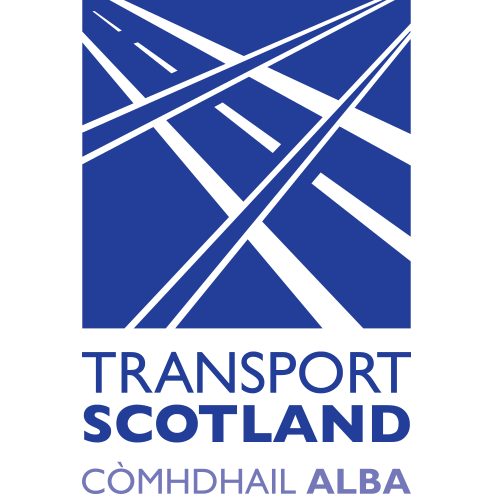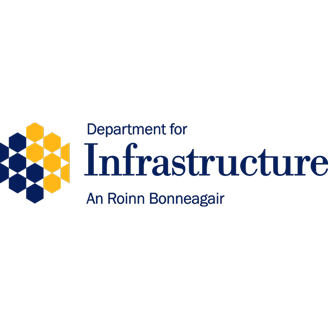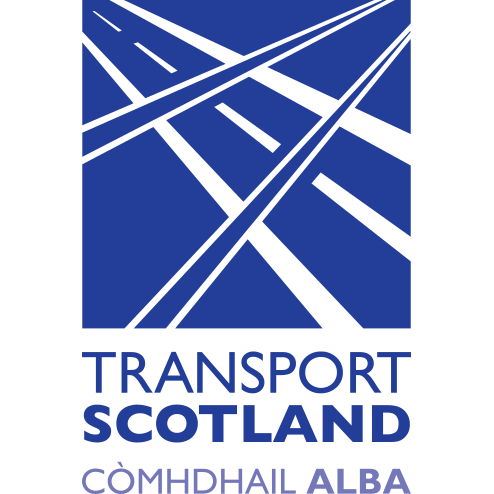| Activity |
an occurrence, including planned events off the network, that has the potential to adversely affect the road users of the network |
| Additional delay |
the use of Highways England software to assess the impact upon journeys times, in accordance with DMRB GD 702. |
| Advanced notification |
1. signing, prior to the date of the planned closure, to inform drivers of the upcoming closure dates and times;
2. signing during the closure, at strategic decision points, to provide drivers with traffic information in relation to the closure ahead of them (satellite signs) |
| At-grade junctions |
a junction or intersection where two or more transport axes cross at the same level, that is where two or more conflicting traffic flows meet at the same level. |
| Authorised roadside traders |
portable facilities that have permission to trade from the roadside |
| Clash analysis |
a process within the Network occupancy management system (NOMS) to identify where multiple events on the network can potentially cause network availability problems |
| Closure |
a full motorway and all purpose trunk road network carriageway closure that temporarily prohibits the passing of traffic as defined by and supported with a temporary traffic regulation order, by which requires traffic is to be diverted onto another road |
| Complex diversion routes |
1. diversions that require a separate route for high-sided or heavy goods vehicles;
2. diversions where traffic is being directed around a strategic decision point and require traffic to be separated into two or more directions.
3. diversion routes that require diversion signage for a strategic destination, like a port or an airport
NOTE: An example of two or more directions is 'for M54 (W)' and 'for M6 (N)'. |
| Contingency plan |
1. responding activities should an identified risk to the available use of the diversion route occur;
2. actions planned and agreed prior to the planned closure of the network. |
| Crisis management process |
process carried out using Highways England's Crisis Management Manual to respond to incidents that have an impact on the business over and above what is managed routinely on a day-to-day basis |
| Decision point |
A decision point is classified as a location where customers can change their direction of travel, that is a roundabout or major junction. |
| Destination signage |
a temporary black on yellow sign or electronic sign providing guidance information in the form of a city, or a road and direction.
NOTE: For example, 'for Manchester' or 'for M6(N)'. |
| Diversion route |
1. a diversion route for planned works and activities;
2. a strategic diversion route. |
| Diversion routes for planned works and activities |
1. a signed route to direct traffic around a planned closure of the network;
2. a route agreed with all relevant authorities during the planning stage of works and activities. |
| Diversion signage |
signs that convey instructions for the direction of travel, in order to guide traffic around a closed section of the network. For the purposes of this document this refers to diversion signage for planned works and activities. |
| Diversion symbol signage |
diversion symbols, as found in Schedule 12, Part 11 (13) UKSI 2016/362 (TSRGD) [Ref 11.N]. |
| Event |
a planned off-network event that has the potential to have an adverse effect on road users of the network |
| General permanent signage |
1. fixed traffic signs;
2. signs for conveying, to traffic on roads or any specified class of traffic, warnings, information, requirements, restrictions or prohibitions |
| Hazard warning signs |
traffic signs (mostly triangular) that alert drivers to a potential danger ahead |
| Local communities |
businesses and residents impacted by the diversion route and or the impact of sat-nav routes or "rat runs' |
| Local network, local route and local road |
a street managed by another traffic authority |
| Local traffic generators |
signed retail parks, entertainment venues and sporting venues |
| Major organised events |
1. a planned off-Affected Property event that has the potential to have an adverse effect on road users of the network
2.Major organised events usually have a predicted daily visitor attendance greater than 15,000. |
| National cycle network |
a series of traffic-free paths and quiet, on-road cycling and walking routes, that connect to every major town and city. |
| Network Rail |
owns and operates the railway infrastructure in England, Wales and Scotland on behalf of the Department for Transport |
| Network occupancy management system (NOMS) |
the system used to book network occupancy and the impact of activities on the network which comprises the IAMIS NOMS module. |
| Propagated traffic data |
traffic data from the main carriageway that is used to estimate the number of users of the slip road, to estimate the impact on the local road |
| Regional alert |
1. crisis management plan process.
2. warnings that have been received for a situation that could lead to significant disruption to customers and our people |
| Regional response |
1. Crisis management plan process;
2. The current situation deteriorates whereby it can no longer be managed as business as usual and more resource, along with enhanced coordination, is required. |
| Restrictions |
a permanent traffic restriction that applies as set by a traffic regulation order |
| Roadside facility |
a service area that is signed from the network |
| Roadside hazards |
1. infrastructure on the diversion route where there is a potential risk to vulnerable users within our communities when the route is in use, such as schools, hospitals with A&E departments, and care homes;
2. infrastructure on the diversion route where there is a potential risk to the diverted traffic, such as railway crossings, tramlines, traffic calming measures and broken street lighting at junctions. |
| Secondary diversion route |
a signed alternative diversion route for:
1. a different class of vehicles; or,
2. a strategic route to reduce the impact on the junction-to-junction diversion route |
| Signing defect |
Signing that is missing or the condition of the sign is poor as defined in DMRB CS 125 [Ref 5.N]
NOTE: For example, signing has faded. |
| Strategic diversion route |
n alternative route to reduce the impact on the junction to junction diversion route. The route can be used to reduce disruption, or if the junction to junction diversion route is unsuitable for some vehicle types, or for geographical reasons such as areas prone to flooding. |
| Traffic authority |
the organisation(s) responsible for the planning and coordination of works and activities. |
| Traffic calming measures |
the use of physical design and other measures to improve driver behaviour and control speed, to improve safety for motorists, pedestrians and cyclists |
| Text-based diversion signage |
Temporary signs that display a road, a region or a city to help enhance 'diverted traffic'
NOTE: For example 'M6 diverted traffic'. |
| The network |
motorway and all purpose trunk road network in England, managed by Highways England on behalf of the Secretary of State. |
| Toll road |
a road that drivers have to pay to use |
| Variable message signs and variable signs and signals |
1. electronic variable message signs (VMS) and electronic light emitting matrix signals, known together as variable signs and signals (VSS);
2. devices, whether fixed or portable, for conveying, to traffic on roads or any specified class of traffic, warnings, information, requirements, restrictions or prohibitions. |
| Welfare facilities |
facilities that provide access to a toilet, water, food and fuel |
| Working windows |
the use of Highways England software and data to inform decisions on traffic management, in accordance with DMRB GD 702 |
| Works |
as defined in the New Roads and Street Works Act UKPGA 1991/22 [Ref 8.N] and any associated secondary legislation. |





